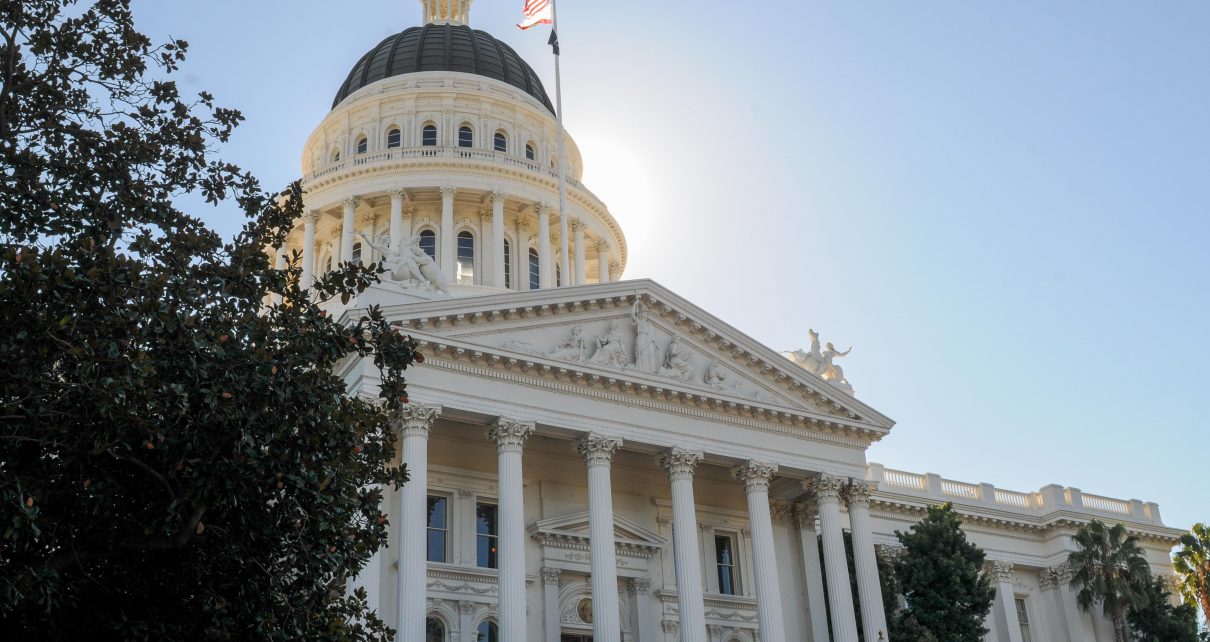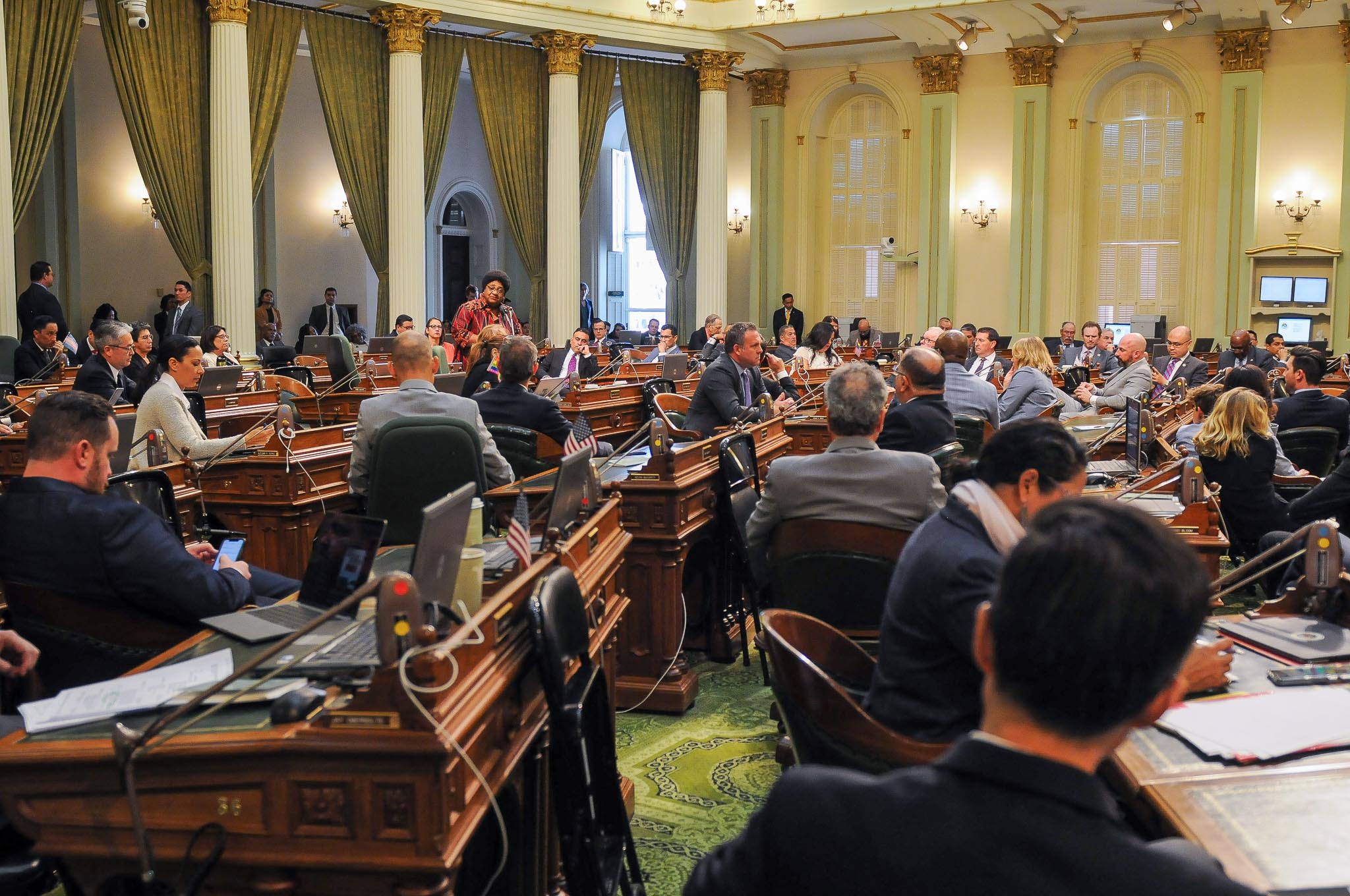
California State Capitol. (Photo: Kevin Sanders for California Globe)
California Courts and Prospective Application of Laws
Some recent appellate court statements
By Chris Micheli, December 30, 2024 2:30 am
California courts follow the statutory construction principle that statutes are to be applied prospectively unless there is clear evidence that the Legislature intended retroactive application as well. What are some recent appellate court statements on the topic of prospective application of new laws? The following are two recent examples:
California Medical Assn. v. Brown, 193 Cal.App.4th 1449 (2011)
In the absence of a clear legislative intent to the contrary, statutory enactments apply prospectively. “‘[I]n the absence of a clear legislative intent to the contrary statutory enactments apply prospectively’” (Strauss v. Horton (2009) 46 Cal.4th 364, 470), and the legislative history in this instance indicates that no retroactive application was intended. The legislation originated in an Assembly Bill which when first introduced stated that it was “the intent of the Legislature to enact statutory changes relating to the Budget Act of 2008.” (Assem. Bill No. 13X (2009–2010 3d Ex.Sess.).)
However, this language, which might have suggested an intent to have the legislation apply to the loan in question, was deleted before the bill was enacted. Therefore, we are not called upon to decide whether the loan would have been lawful under the current version of Government Code section 16310.
City of La Mesa v. California Joint Powers Ins. Authority, 131 Cal.App.4th 66 (2005)
Statutes are not to be given retrospective operation unless it is clearly made to appear that such was the legislative intent. One such principle instructs that statutes are not to be given retrospective operation unless “‘it is clearly made to appear that such was the legislative intent.’ ”(Evangelatos v. Superior Court (1988) 44 Cal.3d 1188, 1207) However, an express declaration that the Legislature intended a statute to have retroactive application is not necessarily required to show that the Legislature did so intend; extrinsic sources may make very clear that the Legislature intended to depart from the normal rule of prospectivity. (Id. at p. 1209, 246 Cal.Rptr. 629; Fox v. Alexis (1985) 38 Cal.3d 621, 629)
Although the Legislature did not use the specific word “retroactive” (or any variants, e.g., “retroactively,” “retrospective”) when it enacted section 6512.2, its explicitly stated intent was that the statute “shall not apply to any lawsuits filed on or before May 2, 1994.” (Stats.1997, ch. 131, § 3.) Short of using the precise word “retroactive,” it is difficult to conceive a more plainly manifested intent from this language other than that the Legislature, by denominating the exact date before which the newly enacted section 6512.2 was inapplicable, intended the logical corollary: the statute shall apply to lawsuits filed after that specified date.
As the reader can see in these two appeals court rulings, the courts will review the language of the statute, as well as extrinsic evidence (such as committee analyses) to determine whether there was any intent on the part of the Legislature to apply the law’s provisions retroactively. If there is no evidence of such intent, then the courts will apply the law’s provisions only prospectively.
- Effect of Emancipation - December 6, 2025
- Harbor Commissions in California - December 5, 2025
- Mediation Proceedings in Child Custody Cases - December 5, 2025




